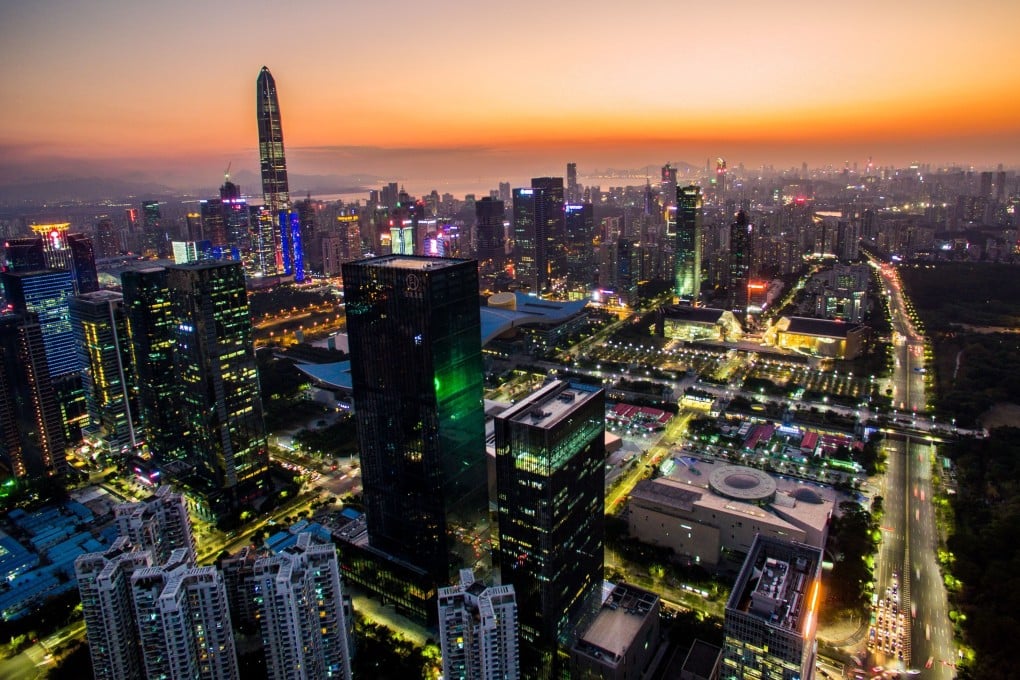Advertisement
Shenzhen should be elevated to same administrative status as Beijing, academics say
- Hong Kong’s neighbour and other cities should become centrally administered municipalities, updating regional structure drawn up in 1960s, article argues
- Change would bring greater resources and clout – but the proposal, floated before, is not official policy
Reading Time:3 minutes
Why you can trust SCMP

Academics from a top Chinese research institute have proposed upgrading Shenzhen and three other cities to centrally administered municipalities, similar to top-tier metropolises such as Beijing and Shanghai.
In an article published in the July issue of the journal Bulletin of the Chinese Academy of Sciences, the authors said that adjustments to administrative divisions should be made as the country continued its urbanisation and economic push.
“We should support Beijing-Tianjin-Hebei development, Greater Bay Area development, Yangtze River Delta and other strategic schemes,” wrote the two academics from the Key Laboratory of Regional Sustainable Development Modelling at the Chinese Academy of Sciences.
Advertisement
Specific suggestions include designating Shenzhen, the eastern cities of Qingdao and Dalian, and Kashgar in the Xinjiang Uygur autonomous region as centrally administered municipalities. The article also proposed expanding administrative rights for cities including Chengdu, Wuhan and Nanjing.

Greater Bay Area project will not make Hong Kong mainlandised, says Carrie Lam
Greater Bay Area project will not make Hong Kong mainlandised, says Carrie Lam
“Repetitive construction and ferocious competition between different administrative regions commonly exist, and adjustment of these relations will directly impact competition, allocation and cooperation in these areas,” the article said.
Advertisement
Advertisement
Select Voice
Choose your listening speed
Get through articles 2x faster
1.25x
250 WPM
Slow
Average
Fast
1.25x